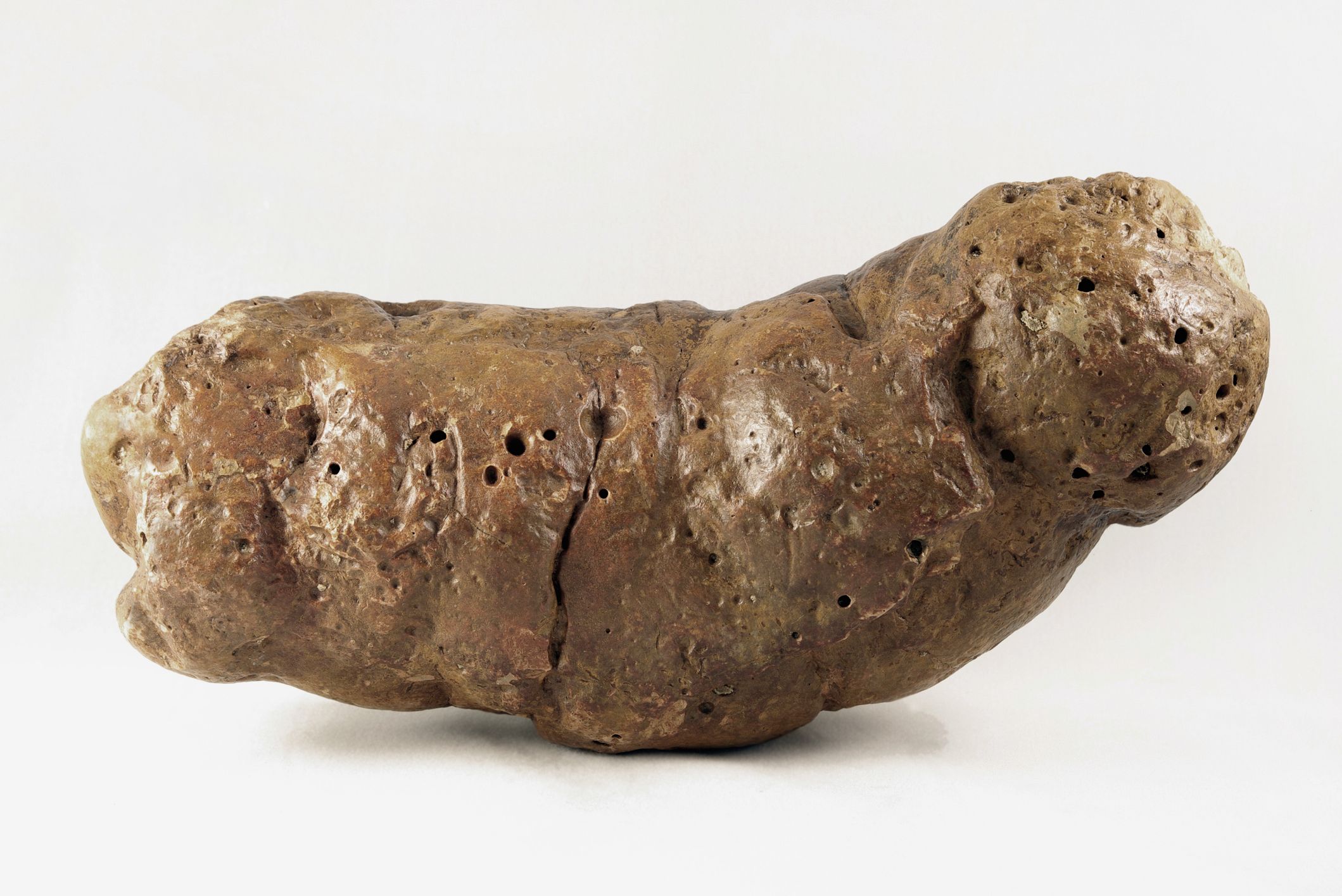Parasites Plagued the Age of Reptiles, According to Fossilized Poop
Posted on Categories Discover Magazine

A 200-million-year-old piece of fossilized poop has provided some of the earliest evidence yet that modern-day parasites plagued the age of the dinosaurs.
A Thai-French joint paleological survey recovered the “coprolite” in 2010 while working at an archaeological site in the central part of Thailand. The dropping was smooth, gray, cylindrical and curved slightly to one side – a simple object, but a potential “treasure trove,” according to a statement.
What Did the Coprolite Contain?
Later on, in a lab, researchers from Mahasarakham University in Thailand and elsewhere further hardened the already fossilized coprolite by embedding it in epoxy resin. Then, they cut it into thin sections using a diamond saw, almost thin enough to examine under a microscope. To fully prepare the slides, they ground down the slices further, by hand.
Their goal was to see inside the coprolite, a rare soft material preserved by fossilization. While the makeup of such a dropping can speak to the organism’s diet, the team found something else embedded in the clay-like material: round shapes.
One was clearly a roundworm, or nematode, egg. The ubiquitous parasite typically infects a host and releases eggs through its digestive system, so they can infect new hosts. Roundworms remain a major health concern for humans, and the little coprolite revealed that the nematode has a long history.
Several more of the round shapes appeared to be worm eggs of an indeterminate type, and the last shape resembled either another worm egg or evidence of a protozoan infection. All told, the coprolite “suggests that multi-parasite infection was common and had already diversified by the late Triassic,” the paper says.
A Reptile’s Business
It adds that a phytosaur, a crocodile-like reptile, likely produced the poop that became the coprolite. The animal would have acquired the parasites in a secondary way from the parasitized fish, amphibians and other reptiles it ate.
The shape of the dropping bolsters this theory, as crocodile relatives often produced curved poop. The local geological formation has also produced teeth and bones from phytosaurs, which had long snouts and armored bodies.
In only a few other occasions have scientists uncovered nematode eggs in coprolites from the Mesozoic Era, the age of reptiles. And the new study is the first record of any kind demonstrating that parasites infected Asian animals during the Late Triassic.
Read More: How the Triassic Extinction Helped Dinosaurs Take Over the Planet